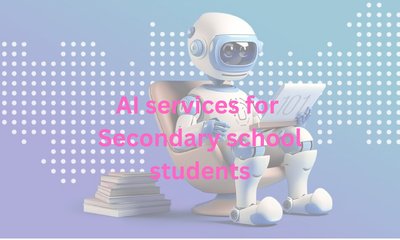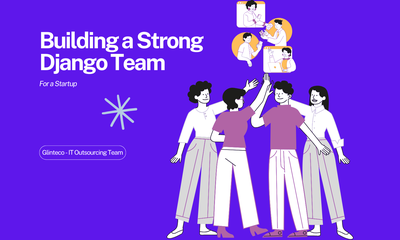Why Your Old Website is Costing You Customers (and How to Fix It)
By hunglv, at: Sept. 5, 2025, 11:02 a.m.
Estimated Reading Time: __READING_TIME__ minutes
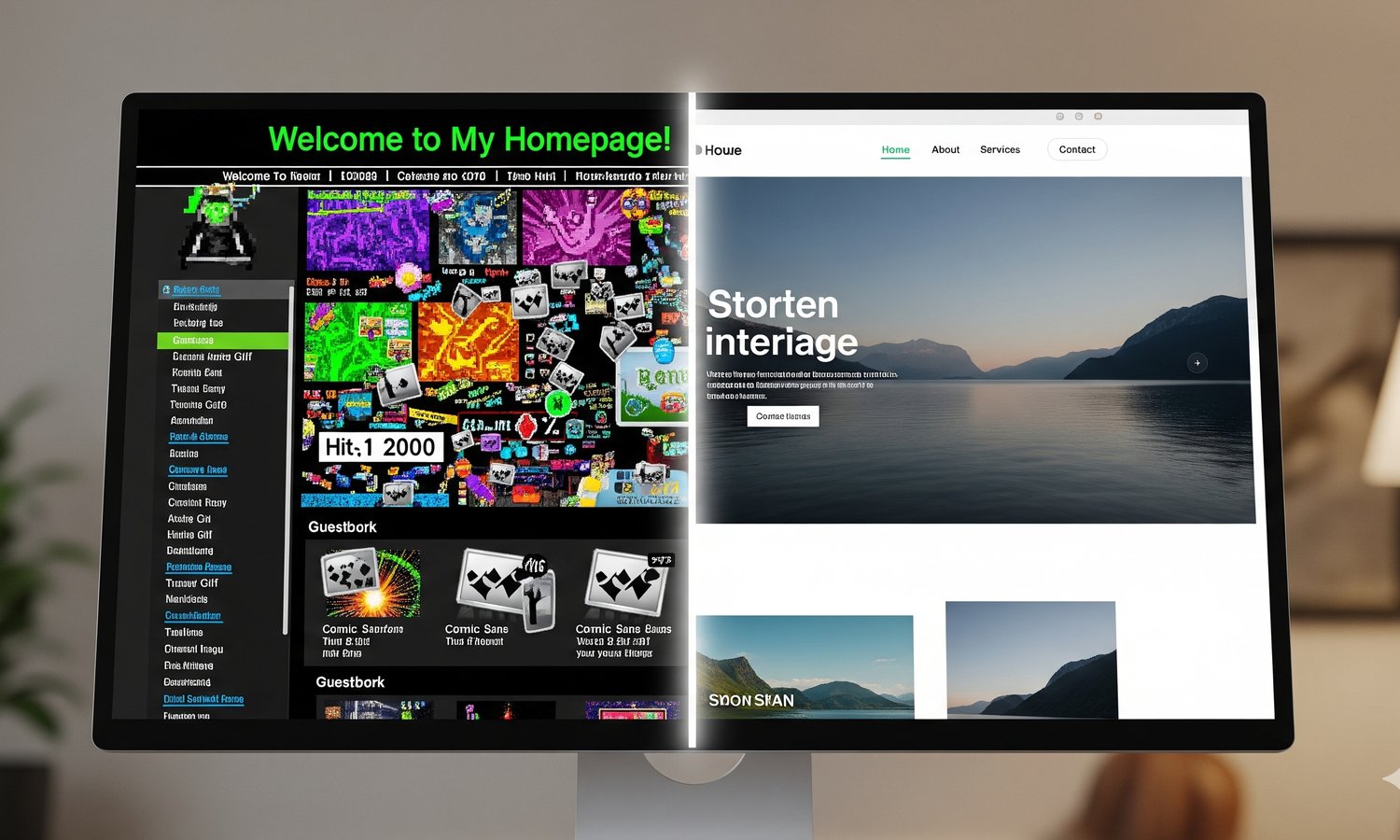
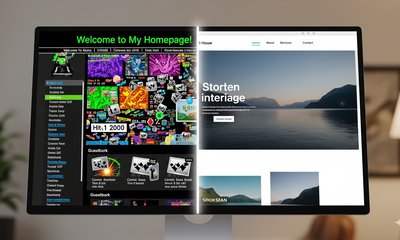
Introduction
An old, outdated website can be a significant liability for a business, quietly costing you customers and revenue. In the digital age, your website is often the first impression a potential customer has of your brand.
If it’s clunky, slow, or unprofessional, it can erode trust and send visitors straight to your competitors.
Here’s a breakdown of the key reasons your old website is costing you customers and how to fix it.
The Hidden Costs: Why an Old Website is Bad for Business
Your website is a critical business asset, not just an online brochure. When it’s outdated, it actively works against you.
1. Poor User Experience (UX) and Lost Conversions
Modern users expect a seamless and intuitive experience. An outdated site often suffers from:
-
Cluttered and confusing navigation: If visitors can’t find what they’re looking for within a few seconds, they’ll leave. A Forrester study found that a well-designed UX can boost conversion rates by up to 400%.
-
Slow load times: A 3-second delay in page load time can increase your bounce rate by up to 32%. In a world of instant gratification, every second counts.
-
Non-responsive design: With mobile traffic making up over half of all web traffic globally and over 70% in Australia, a site that doesn’t adapt to different screens alienates a huge portion of your audience.
2. Lack of Credibility and Trust
A website’s design directly impacts how your brand is perceived.
-
Outdated aesthetics: Old fonts, pixelated images, and designs that scream “2010” make your business look unprofessional or irrelevant. Customers might subconsciously think: “If they don’t care about their website, do they care about me?”
-
No social proof: Modern websites showcase testimonials, case studies, and reviews. Without these, visitors may not trust you. Research from BrightLocal shows 88% of consumers trust online reviews as much as personal recommendations.
3. Hurts Your Search Engine Optimization (SEO)
An old website usually isn’t built for modern search engines.
-
Lower rankings: Google rewards fast, mobile-friendly websites. A slow site with broken code will rank lower, reducing visibility.
-
Missing SEO basics: Outdated designs often lack title tags, meta descriptions, and clean URL structures meaning your competitors get the clicks.
4. Security Vulnerabilities
Old websites often run on outdated platforms or unsupported plugins, making them easy targets for hackers. A single breach can expose customer data, destroy trust, and cause lasting damage to your brand.
Real-World Bad Examples (What Not to Do)
To see how poor design drives customers away, let’s look at some notorious websites:
-
Pacific Northwest X-Ray Inc.: Overly cluttered layout, hard-to-read fonts, and distracting backgrounds make it difficult for visitors to even understand what the business offers.
=> Lesson: Keep messaging clear and layouts clean.
-
Blinkee: Flashy animations and poor mobile design create a terrible user experience. On a phone, navigation is nearly impossible.
=> Lesson: Mobile-first, responsive design is essential.
-
Ling’s Cars: Famous for its chaotic visuals, bright colors, and loud graphics. Instead of engaging users, it overwhelms them.
=> Lesson: Simplicity and clarity always win trust.
-
Arngren.net: A relic of the 90s with tiny images, endless clutter, and no logical navigation.
=> Lesson: Organized, modern navigation keeps customers engaged.
These examples prove that poor websites don’t just look bad, they actively push customers away.
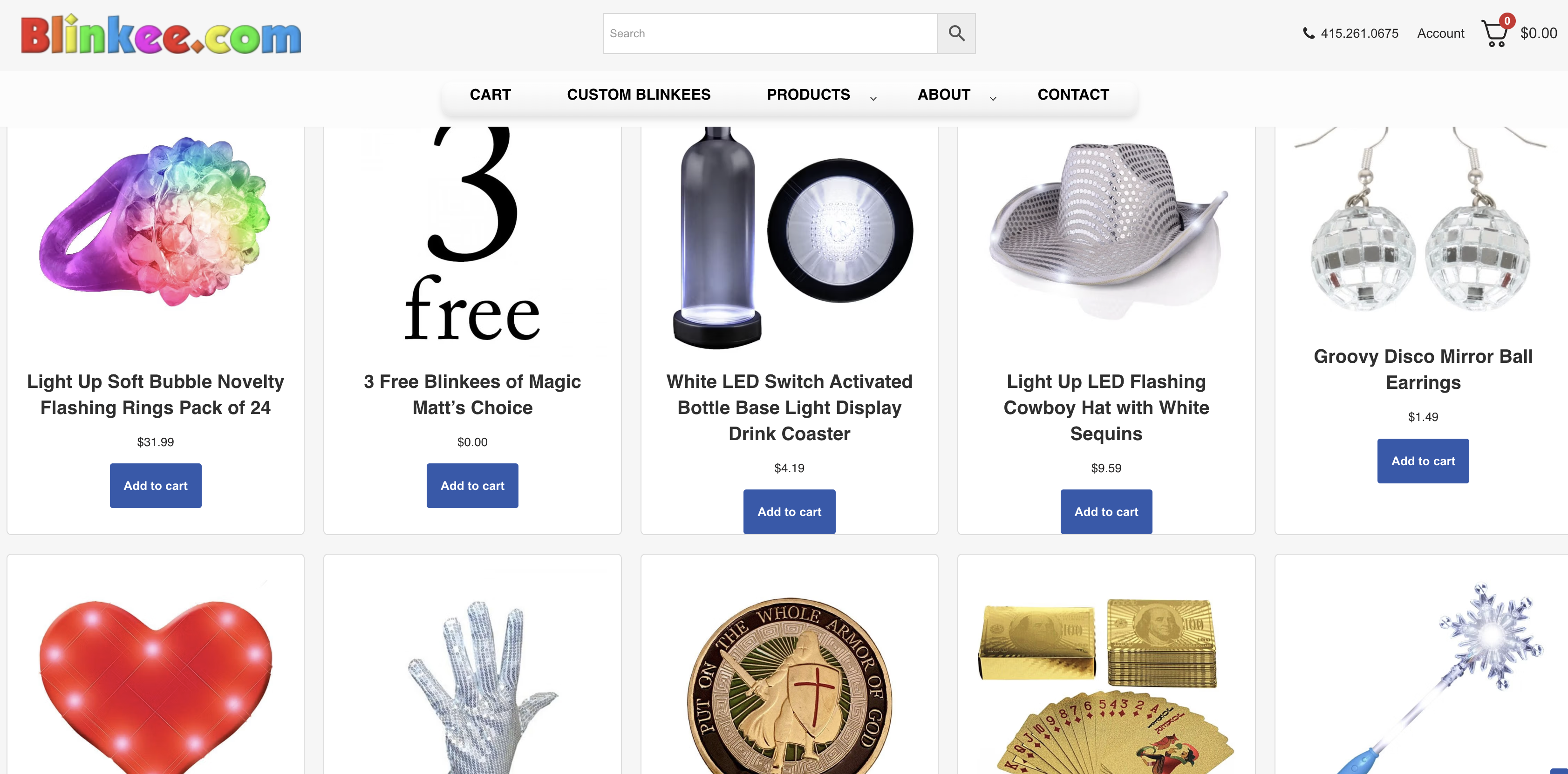
How to Fix It: A Step-by-Step Approach
Fixing an outdated website doesn’t have to be overwhelming. Here’s how to modernize strategically:
-
Prioritize User Experience (UX)
-
Implement a mobile-first design so your site looks and works perfectly on all devices.
-
Optimize for speed with compressed images, clean code, and reliable hosting. Tools like Google PageSpeed Insights can help.
-
Simplify navigation so visitors find what they need in three clicks or less.
-
-
Refresh Your Content and Brand
-
Update outdated information, pricing, and team profiles.
-
Add social proof like testimonials, case studies, and reviews.
-
Use high-quality images and video to project professionalism.
-
-
Ensure SEO and Technical Health
-
Perform an SEO audit to fix broken links, structure URLs, and add proper title tags.
-
Migrate to a modern platform (like SquareSpace or Wix) so you can manage updates easily.
-
The AI Temptation: Lovable, Replit, and Other AI Website Builders
AI-powered tools like Lovable, Replit, or Wix AI are gaining attention because they promise to create websites in minutes with just a few prompts. For time-strapped small business owners, this sounds almost too good to be true and in many ways, it is.
Where AI Website Builders Shine
- Speed: You can spin up a basic template quickly without waiting weeks.
- Cost-effective (at first): Entry-level costs are often low, appealing to startups with tight budgets.
- Ease of setup: No coding skills needed, answer some questions, and you’ll get a live site.
The Hidden Downsides
- Generic Design: AI sites often look like cookie-cutter templates. They lack the personality and brand voice that makes your business stand out.
- Limited Customization: Once you move beyond the basics, editing, scaling, or integrating third-party tools becomes frustrating.
- SEO Gaps: AI builders don’t always handle SEO best practices well (clean URLs, structured data, keyword strategies). This means you may rank lower than competitors who invested in proper SEO.
- Support Issues: When something breaks, you’re often left to figure it out on your own, unlike with a professional team who can jump in and help.
The Balanced Approach
AI tools like Lovable and Replit can be great for prototyping or testing ideas quickly, but for a revenue-driving business website, you need more:
-
A custom design that reflects your brand identity
-
Ongoing support so you’re not left stranded
-
SEO and performance optimization to attract customers, not just impress at first glance
-
Scalability — the ability to grow with your business
The real opportunity is using AI and professional expertise together: AI can handle repetitive tasks (like content drafts or code suggestions), while a partner like Glinteco ensures your website is polished, secure, and built for long-term growth.
The Cost of Inaction
Every day with an old website = lost leads, missed opportunities, and declining trust. The good news? Updating your site doesn’t have to be prohibitively expensive. With the right partner, you can:
-
Look more professional than your competitors
-
Rank higher on Google and attract more organic traffic
-
Save time with easy self-updates
-
Gain more leads and sales from a site that actually works
Investing in a modern, simple, and professional site is one of the fastest ways to grow your business in 2025. It’s not just a cost, it’s an investment with a measurable return.
Conclusion
Your website is your digital shopfront. If it’s outdated, you’re silently pushing customers away. By modernizing your design, streamlining user experience, and optimizing for SEO, you can transform your website into a growth engine.
👉 At Glinteco, we help Australian SMEs, startups, and local businesses refresh outdated websites into customer-generating machines. [Contact us today] to start your website transformation.

